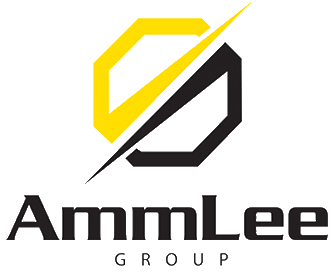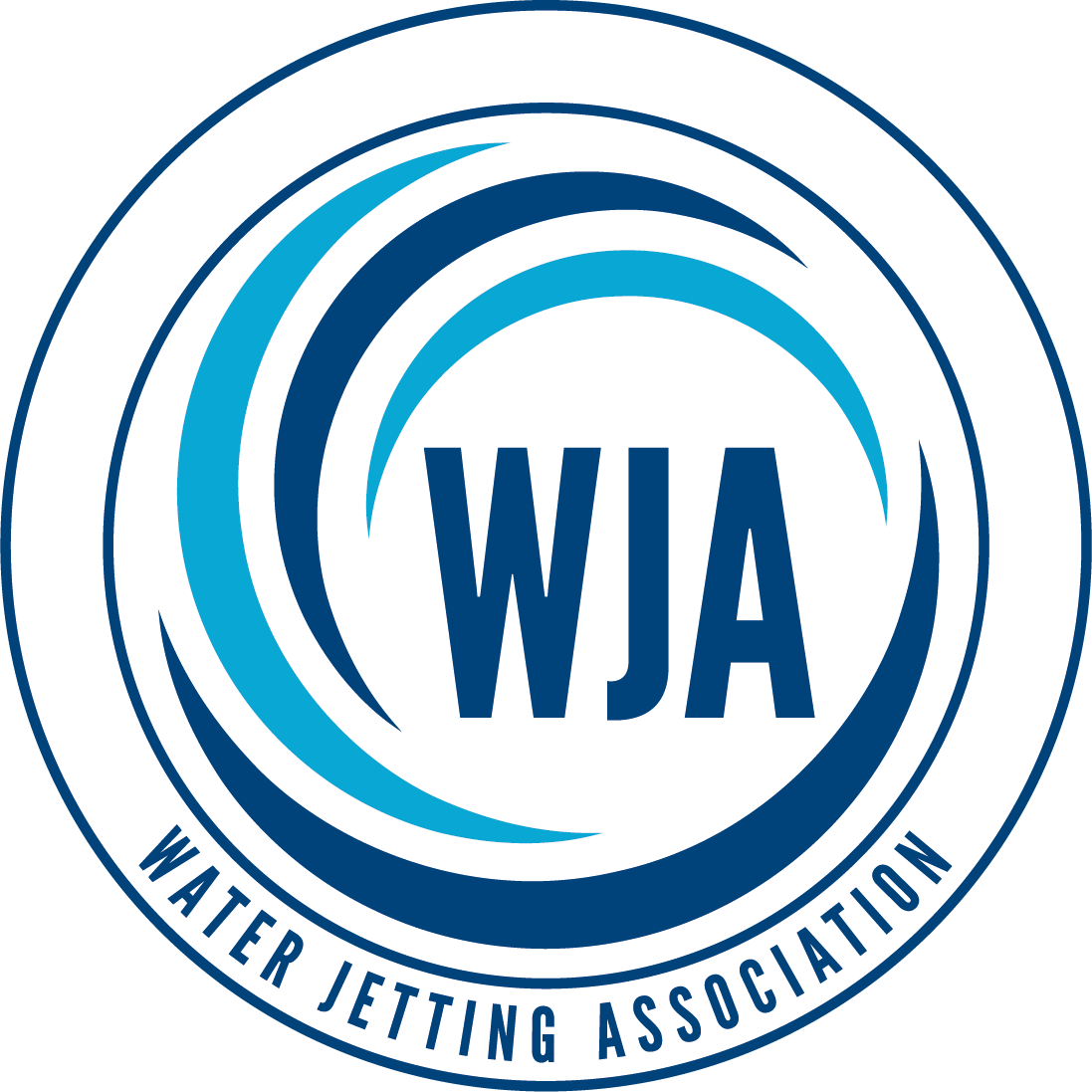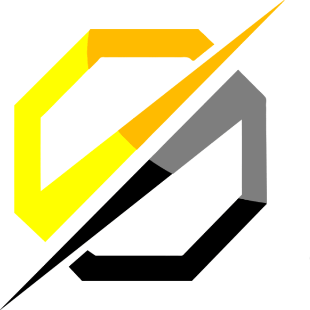1. Introduction to Surface Preparation–Introduces the basics of surface preparation, emphasising the role of pressure washing in preparing various surfaces for treatment or maintenance.
2. Purple Code of Practice–Participants learn about the WJA's Purple Code of Practice, which outlines standards and procedures for safe and effective pressure washing.
3. Pressure Washer Pumps–Focuses on different types of pressure washer pumps, their operation, maintenance, and troubleshooting.
4. Electrical Power–Covers the safe handling of electrical aspects of pressure washing equipment, especially in wet environments.
5. Accidents–Teaches common accidents in pressure washing and strategies for prevention and response.
6. The Jet–Participants learn about the technical aspects of the water jet, including velocities and their impact on cleaning.
7. Jet Velocities–Delves deeper into how jet velocities affect cleaning efficiency and surface integrity.
8. Safe Use of Heat and Chemicals–Addresses the correct and safe use of heat and chemicals in pressure washing.
9. Types of Nozzle–Explore various nozzle types and their specific applications in pressure washing.
10. Cleaning Surfaces–Provides guidance on cleaning techniques for different surfaces.
11. Cleaning Tubes and Pipes–Focuses on methods and considerations for cleaning tubes and pipes using pressure washing.
12. Cleaning Drains and Sewers–Covers techniques for effectively cleaning drains and sewers.
13. Selection and Inspection of Hoses–Participants learn about choosing and inspecting hoses for pressure washing tasks.
14. Safety Devices–Discusses the importance and use of safety devices in pressure washing equipment.
15. Pressure Washer System Types–Explores different types of pressure washer systems and their applications.
16. Health and Safety at Work Act–Covers compliance with this act, emphasising legal responsibilities in maintaining safe work environments.
17. PPE / RPE–Stresses the importance of using appropriate personal and respiratory protective equipment.
18. Duties and Responsibilities of Team Members–An overview of team roles and responsibilities in pressure washing operations.
19. The Working Area–Focuses on preparing and maintaining a safe working area for pressure washing.
20. Preparation for Practical Assessment–Participants prepare for a practical assessment, applying their learned skills.
21. Practical Assessment on Surface Preparation–The course concludes with a practical assessment, where participants demonstrate their competence in surface preparation using pressure-washing equipment.
More Information
If you would like to hear more information about the course content, please contact us.







